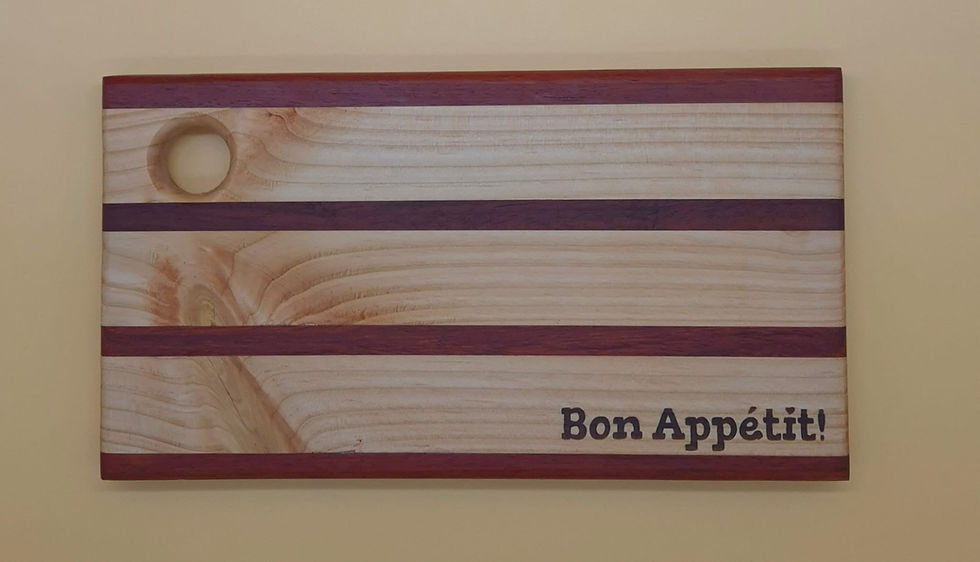Panel molding is a distinct attribute of the Georgian architecture and dates back to the 1700’s. Nowadays it is used to visually enlarge spaces from walls and doors to ceilings. It was used to provide a sense of balance and symmetry. In today’s interior design it is used to break up large surfaces and as a border to separate colors and textures.
Panel molding can be done by an average homeowner, but proper safety practices should always be used. That includes wearing eye protection and hearing protection, or a dusk mask as a respirator.
Here are the 7 steps to proper panel molding:
Planning - The first thing you want to do is establish a plan or a layout to keep the work smooth and flowing. It is the first and most important step. You don’t need to use detailed blueprints, but a pencil sketch or graph paper will do. Just make sure you take accurate measurements. Reference the dimensions on your sketch to either the walls or center of the room. Look around your room first and decide on a few things. Are you going for full or split panels? Would you like single sized or variable sizes? Are you going for symmetry? Great pattern ideas can come from studying the ceilings of histories castles. So look into that also. Keep in mind that panel molding is a decoration, so there are no rules to follow. It is your opportunity now to get creative and make a unique and individual design.

Ordering - Once you are done with the layout it is time to move to the second step and order your panel molding. Here you want to make sure that the pattern you have chosen is compatible with your corners and make sure you have made adequate allowance for cutting waste. When you figure out cutting waste, take pattern repeat into account. You can use a cut list for trimming. You can use it to plan all joints before you start cutting and also use it to plan the order. Do not be cheap here and order enough molding to eliminate as many joints as possible.
Prefinish - Use this step in cases where you are not planning to paint or faux finish the ceiling and molding at the same time. So prefinish first and later after installation touch it up.

Assembling - Set up a work area. Assemble your materials and necessary tools for the work. Inspect the moldings to make sure they are not damaged. Make sure you have everything you need from tools and supply before you begin. If you are missing something get it now and do not wait until you need because you may end up needing it at the most inconvenient time.
Layout - In this step you want your plan transfered on the ceiling in full size. Layout the outline so it is visible with the molding installed. Always reference patterns that surround the ceiling domes to the center of the surrounded feature. To minimize the effect of wavy walls also reference moldings that run parallel to walls.
Installation - Here you don’t need mechanical fasteners because they are light weight. Just use appropriate size temporary fasteners when necessary until you set the adhesive.
Finish up - Once the adhesive is set, remove the fasteners and caulk the joint between ceiling and molding. Furthermore, the holes made by the fasteners can be filled with sand, prime and paint.
That is it. Congratulations. If you have followed the 7 steps, now you can relax and enjoy the compliment you receive for your unique design.
ATC for another idea of housing
Would you like to support ATC for more sustainable consumption patterns? Take part of the 1 reservation = 1 tree planted program, book here and share:
Did you like this article? Register now and for free to be informed of new and up-to-date news articles.





















